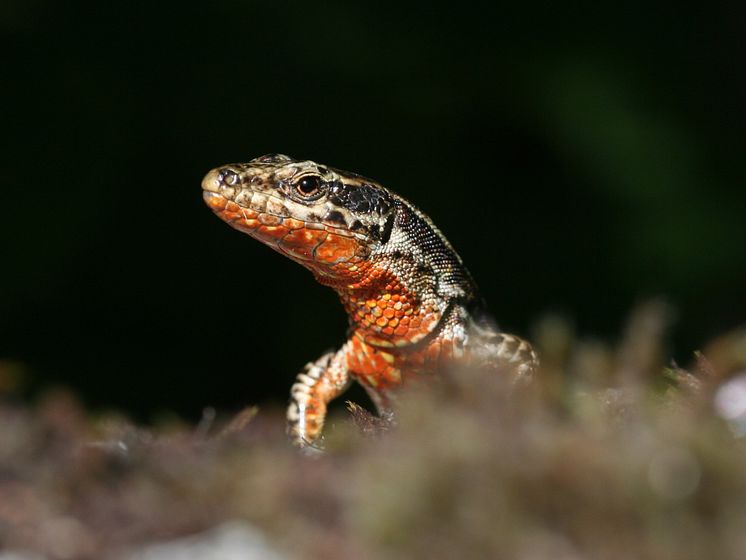
Image -
Common wall lizard
A common wall lizard individual exhibiting orange coloration. The presence of orange is explained by variation in the SPR gene, which is a gene in a highly conserved pathway that is linked to the production of neurotransmitters like serotonin and dopamine.
Guillem Pérez i de Lanuza
- License:
- Media Use
The content may be downloaded by journalists, bloggers, columnists, creators of public opinion, etc. It can be used and shared in different media channels to convey, narrate, and comment on your press releases, posts, or information, provided that the content is unmodified. The author or creator shall be attributed to the extent and in the manner required by good practice (this means, for example, that photographers should be attributed).
- By:
- Guillem Pérez i de Lanuza
- File format:
- .jpg
- Size:
- 2132 x 1600, 333 KB